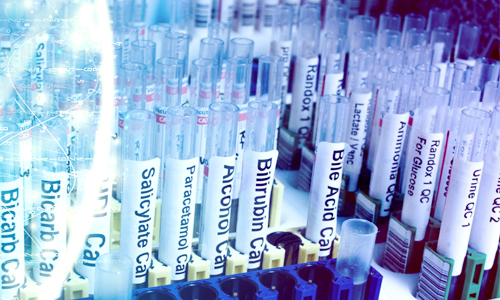Pressure sensitive adhesives (PSA) and contact adhesives adhere to most surfaces with very slight pressure. They are available in solvent and latex or water-based forms. Pressure sensitive adhesives (PSA) and contact adhesives are often based on non-crosslinked rubber adhesives, acrylics or polyurethanes. Pressure sensitive adhesives form viscoelastic bonds that are aggressively and permanently tacky. They adhere with just finger or hand pressure and do not require activation by water, solvent or heat. Pressure sensitive adhesives are often based on non-crosslinked rubber adhesives in a latex emulsion or solvent-borne form. Use temperature, thermal conductivity, and coefficient of thermal expansion (CTE) are key thermal properties. Tensile strength and elongation are important mechanical properties. Electrical and optical properties for pressure sensitive adhesives (PSA) and contact adhesives include dielectric strength, dielectric constant, index of refraction, and transmission.
Pressure sensitive adhesives (PSA) and contact adhesives adhere to most surfaces with very slight pressure. They are available in solvent and latex or water-based forms. Pressure sensitive adhesives (PSA) and contact adhesives are often based on non-crosslinked rubber adhesives, acrylics or polyurethanes. Pressure sensitive adhesives form viscoelastic bonds that are aggressively and permanently tacky. They adhere with just finger or hand pressure and do not require activation by water, solvent or heat. Pressure sensitive adhesives are often based on non-crosslinked rubber adhesives in a latex emulsion or solvent-borne form.
Chemical Compositions
Pressure sensitive adhesives (PSA) and contact adhesives are available in a wide variety of chemical compositions or systems. Some of the most common types of systems include acrylic and methacrylate adhesives, rubber-based pressure sensitive adhesives, styrene copolymers (SIS / SBS), and silicones. Acrylic adhesives are known for excellent environmental resistance and fast-setting time when compared with other resin systems. Acrylic pressure sensitive adhesives often use an acrylate system. Ethylene ethyl acrylate (EEA) or ethylene methyl acrylate (EMA) copolymers are used to form hot melt PSA adhesives. Natural rubber, synthetic rubber or elastomer sealants and adhesives can be based on a variety of systems such silicone, polyurethane, chloroprene, butyl, polybutadiene, isoprene or neoprene. Rubber and elastomers are characterized by their high degree of flexibility and elasticity (high reversible elongation). Styrene-isoprene-styrene (SIS) and styrene-butadiene-styrene (SBS) copolymers are commonly applied in pressure sensitive adhesive applications. Silicone is produced through the hydrolysis and polymerization of silanes and siloxanes.
Bond Strengths
Pressure sensitive adhesives (PSA) and contact adhesives are available in a variety of bond strengths. Some styles are aggressive and permanent. The substrates to be bound must be aligned perfectly on the first pass, as the application of the adhesive will result in an immediate bond. Other types of pressure sensitive adhesives (PSA) and contact adhesives are removable or allow for repositioning without leaving adhesive on the substrate or delaminating part of the substrate.
Specifications
Specifications for pressure sensitive adhesives (PSA) and contact adhesives include:
Thermal properties
Mechanical properties
Electrical properties
Optical properties
